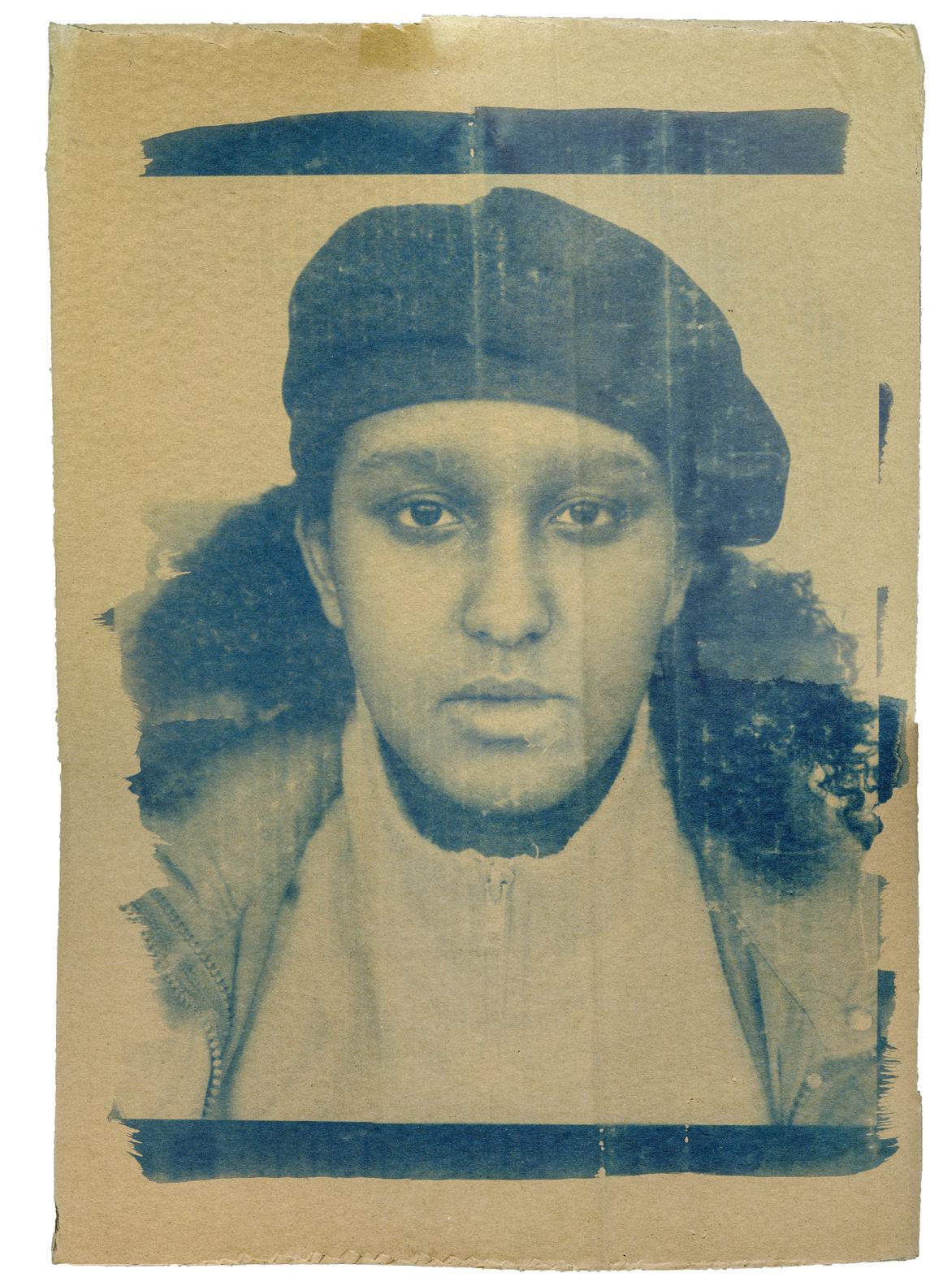researched the illness and coupled that information with her brother’s experience to visually express putting herself in his shoes. Bailey said that up until her brother’s diagnosis, she and her family had only ever read about schizophrenia or seen it portrayed in movies. She didn’t know anyone who had the illness and, if anyone she knew did have it, no one was talking about it. The Canadian Mental Health Association says that this is the norm and that there are many misconceptions about people diagnosed with this condition.
PREVIOUS PAGE: Bailey Rogers, 2016. Bailey created a series of self-portraits to share her brother’s story. He had been diagnosed with schizophrenia. ABOVE: Alexandrea Tarrant, 2016. Alexandrea’s visual interpretation of nightmare disorder. LEFT: Natasha Stephanie Hoskins, 2016. Natasha Stephanie relived the horrible feelings that occurred when she was being bullied.
The image Bailey created represents feelings of paranoia. For people suffering with schizophrenia, the feeling of someone watching them is very real and is often accompanied by strong hallucinations. They don’t feel safe. They feel vulnerable and alone in their experiences. Bailey also commented, “When we were given this assignment, half the class was somewhat confused and the other half a bit startled. Some students worked well with the idea that photographs could express feelings and emotions, and others couldn’t grasp the concept. How can I photograph an invisible illness? I think, after presenting the project, a lot of us had really grown from the assignment and we now had this connection with each other that we hadn’t had before.” “Schizophrenia isn’t my diagnosis,” said Bailey, “but mental illness not only affects the diagnosed person we love, but also the people around that person as well. We need to keep in mind that the most important thing we can do is to listen to our loved ones and to provide as much support as we can for them. This topic gave me the opportunity to educate myself on my brother’s illness and to share my own experience with my class. It was difficult, but I felt that it was important. You never know who else could be silently struggling, and could benefit from what you have to say.” Alexandrea Tarrant said that it didn’t take her long to pick a topic no one else would have thought to investigate. She took the opportunity to research a health issue known as nightmare disorder. Alexandrea does not suffer from this disorder but felt it was important to bring awareness to the subject. She, like Bailey, made self-portraits and chose to put herself in the position of the person suffering. “Nightmare disorder is not just about having bad dreams,
20 photo ED







